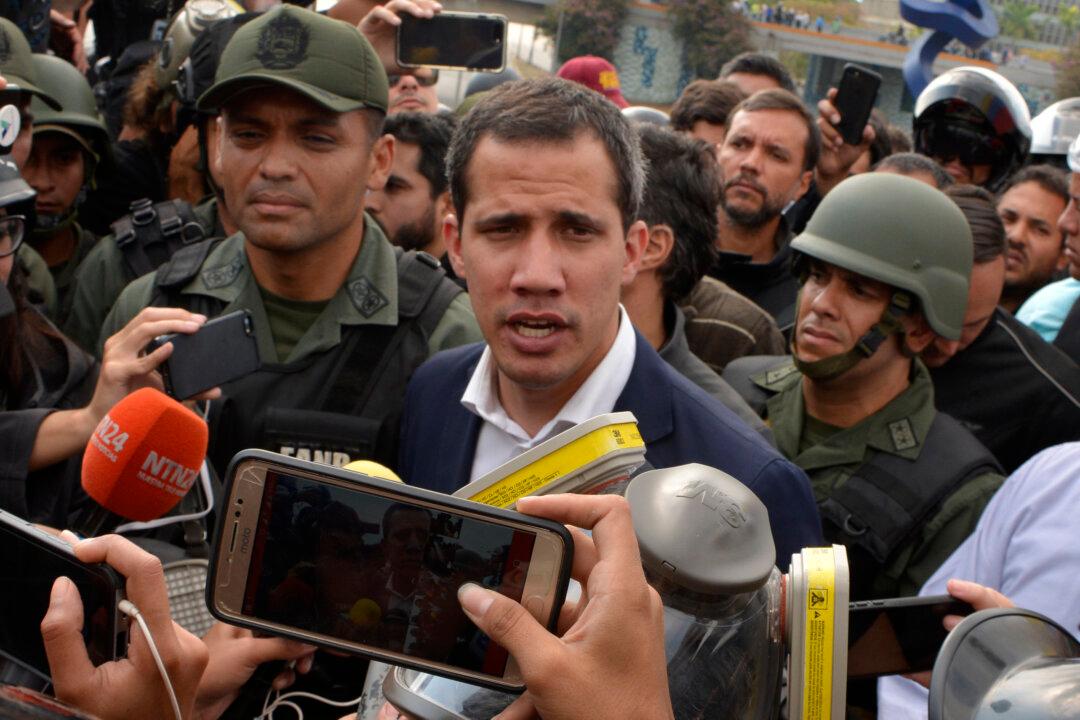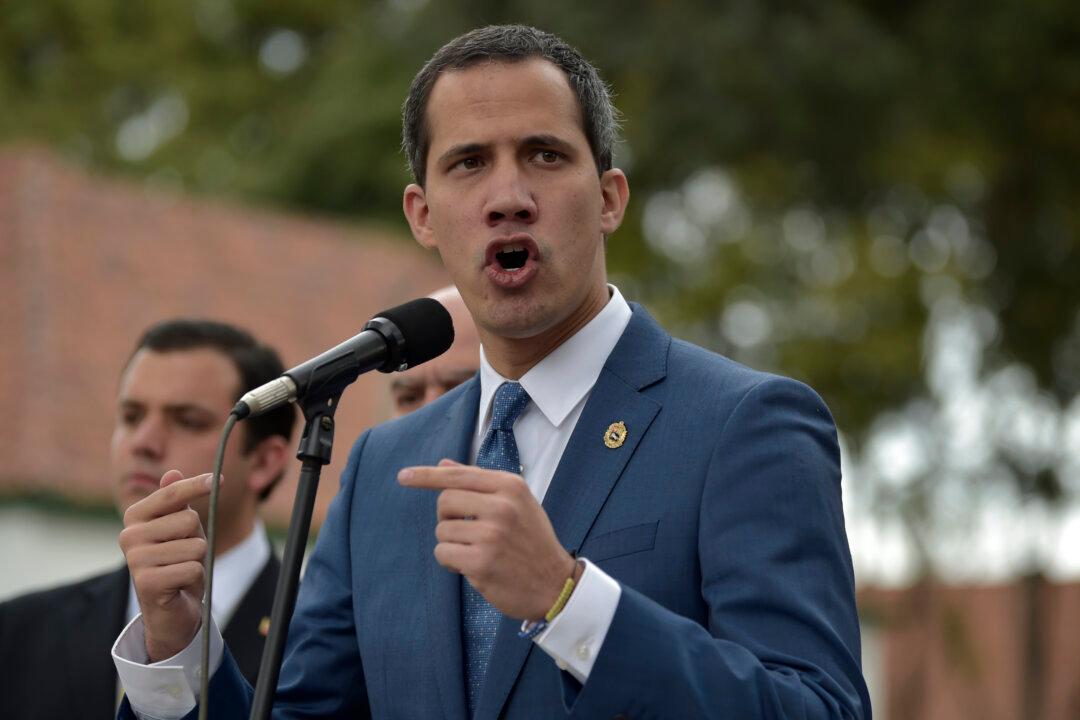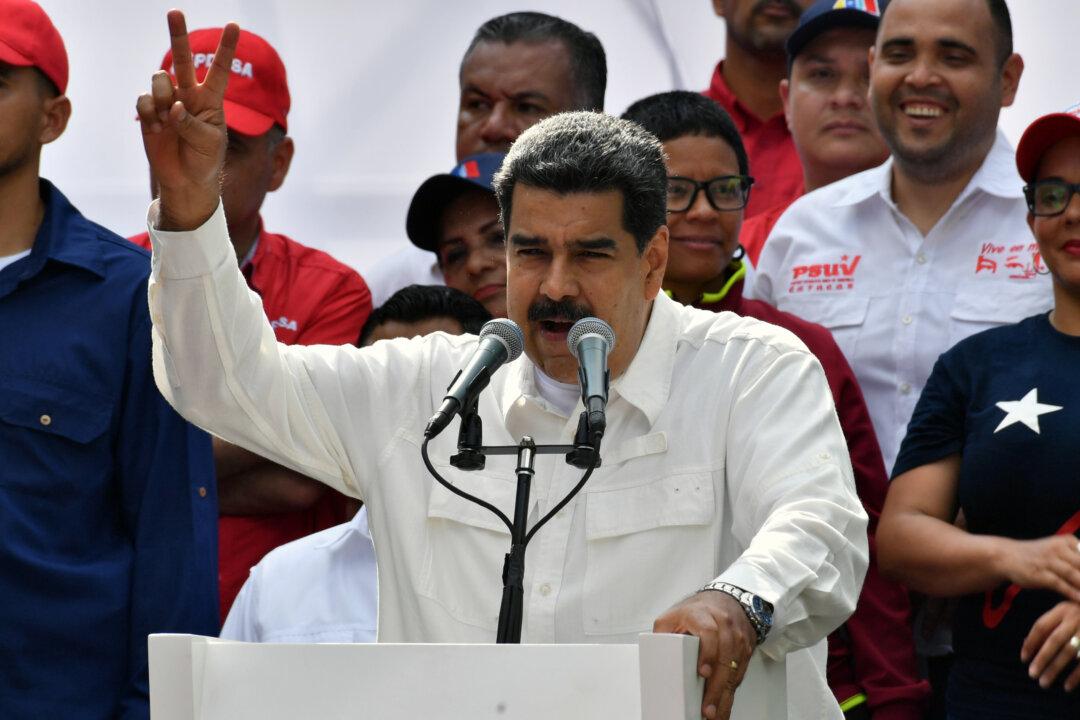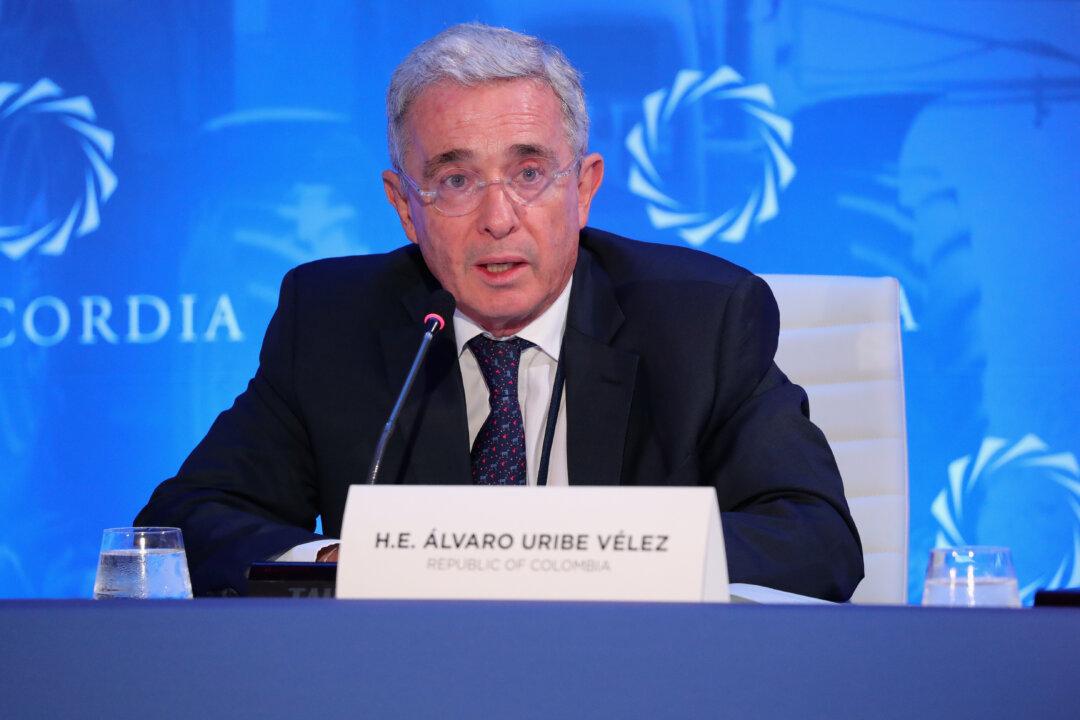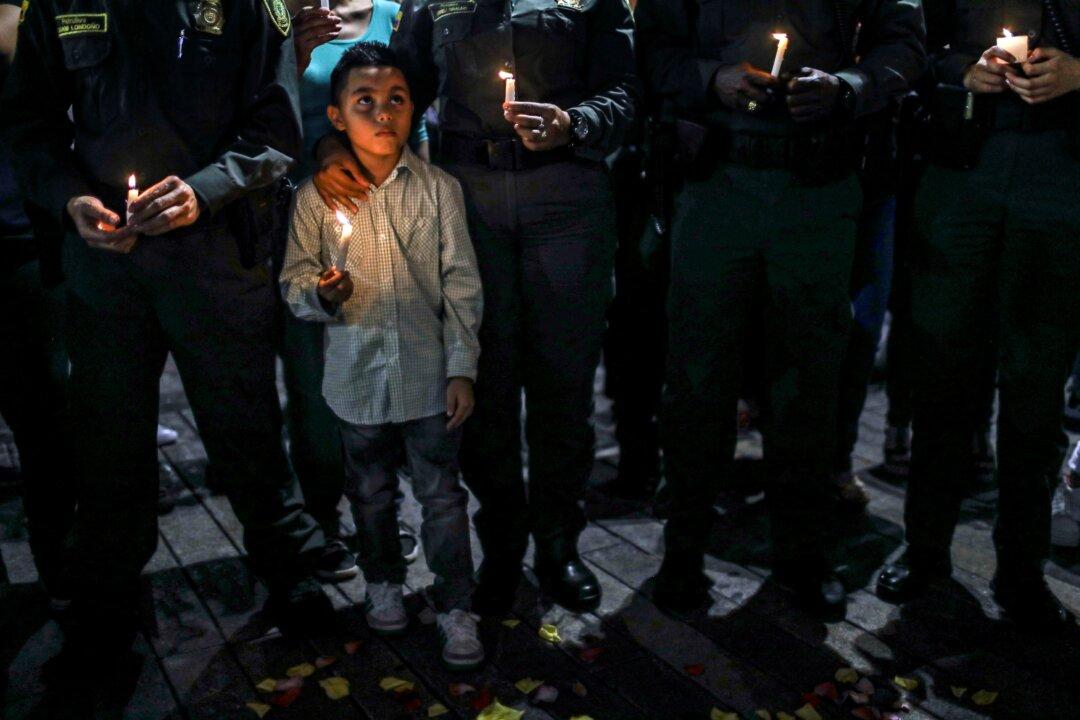Confrontations between protesters and Venezuelan security forces escalated in Caracas, with an armored vehicle running over unarmed protesters hours after Juan Guaidó called on people to flock to the streets peacefully as he begins the “final phase” of his plan to oust regime leader Nicolás Maduro.
Guaidó, head of the nation’s congress who is recognized by over 50 nations as Venezuela’s legitimate leader, joined the protests on April 30 with activist Leopoldo López, who had been detained by Maduro. The two were accompanied by a small contingent of soldiers who have defected from Maduro’s regime.
